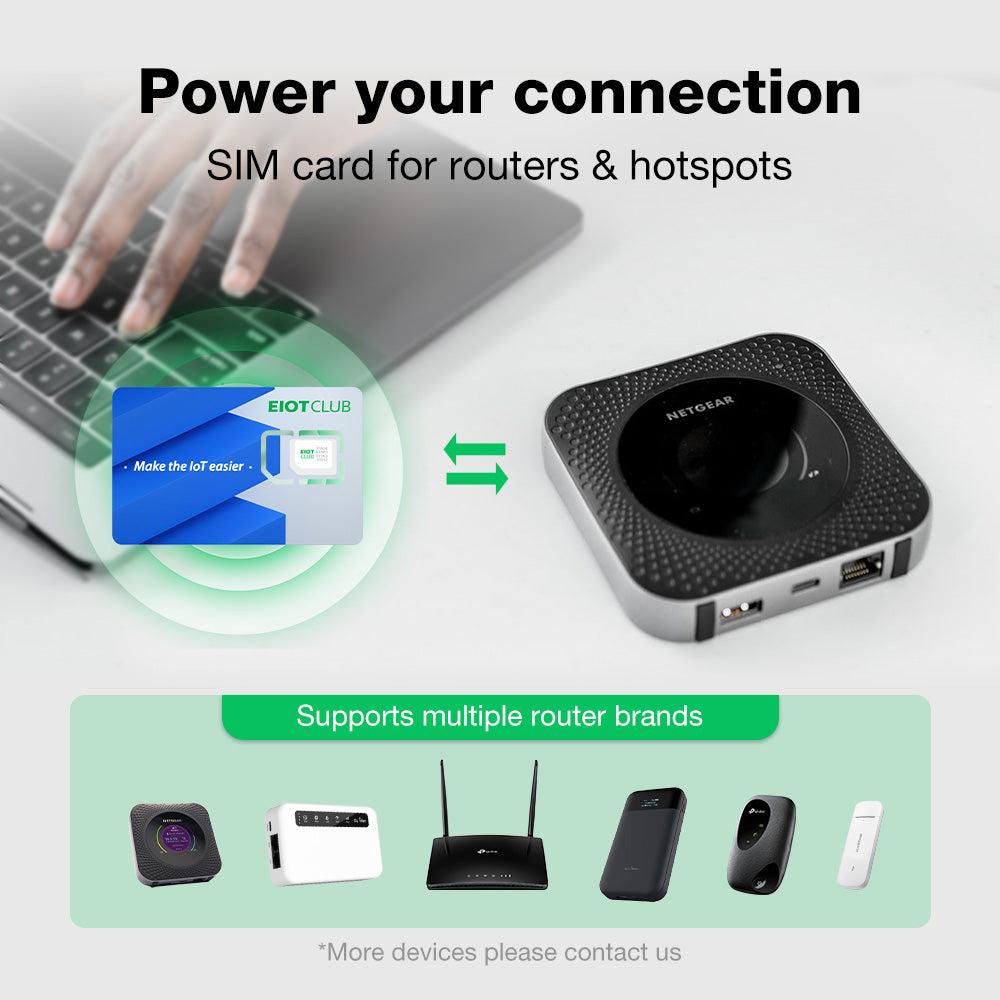Unlock the Secrets of SIM Cards: Your Guide to Seamless Internet Connectivity!
In today's fast-paced digital world, staying connected is more important than ever. SIM cards play a crucial role in this connectivity, acting as the bridge that links your mobile device to cellular networks, thereby enabling internet access. Whether you're a frequent traveler, a remote worker, or simply someone who loves browsing the web on the go, understanding SIM cards is essential. This article aims to explore the different types of SIM cards available for internet access, their functionalities, and how they can enhance your online experience.

Understanding SIM Cards
A Subscriber Identity Module (SIM) card is a small chip that securely stores the International Mobile Subscriber Identity (IMSI) and provides authentication to the mobile network. Essentially, it allows your device to connect to cellular networks, enabling not only voice communication but also data services, including internet access. When you insert a SIM card into your phone, it establishes a connection with the nearest cell tower, allowing you to send texts, make calls, and browse the internet. This seamless integration is a cornerstone of modern mobile communication, ensuring that users can access the web anytime, anywhere.
Types of SIM Cards for Internet Access
There are several types of SIM cards, each designed to fit different devices and needs. The standard SIM card is the largest and is often used in older mobile phones. The micro SIM is smaller and became popular with smartphones around 2010. The nano SIM, even smaller than its predecessors, is now the standard for most modern smartphones, facilitating more compact designs. Additionally, eSIM technology is gaining traction, allowing users to activate mobile plans without a physical SIM card. Each type serves the same fundamental purpose—enabling internet access—yet they cater to different devices and technological advancements, highlighting the evolution of mobile connectivity.
How SIM Cards Work with Internet Connectivity
SIM cards facilitate internet access through a series of technical processes involving mobile networks. When you connect to the internet via your SIM card, your device communicates with the mobile network's base stations. This connection is made possible by a data plan that specifies how much data you can use within a certain period. Upon connecting, your device sends a request to the network, which authenticates your SIM card and grants access to the internet. This process ensures a secure and reliable connection, allowing you to browse, stream, and download without interruption. Understanding this mechanism can help users troubleshoot connectivity issues and optimize their internet experience.
Choosing the Right SIM Card for Your Needs
Selecting the right SIM card is essential for ensuring you have the best internet experience, tailored to your specific needs. If you're traveling abroad, consider a local prepaid SIM card that offers affordable data plans, ensuring you stay connected without incurring hefty roaming charges. For long-term stays, look for SIM cards with extensive coverage and high data limits. Casual users might prefer plans that offer flexibility without long-term commitments. Factors like network compatibility, coverage, and data limits should be considered when making your choice. Personal recommendations from friends who have traveled or used specific plans can also provide valuable insights into which SIM cards work best in different regions.
Summary of SIM Card Insights
In summary, SIM cards are instrumental in providing seamless internet connectivity, enabling users to stay connected no matter where they are. From understanding the different types of SIM cards to knowing how they work and how to choose the right one for your needs, this guide has covered the essential aspects of SIM cards. As you embark on your journey of internet connectivity, remember to evaluate your specific needs and consider the various options available to ensure you make an informed choice. With the right SIM card, you can unlock the full potential of your mobile device and enjoy uninterrupted access to the digital world.








